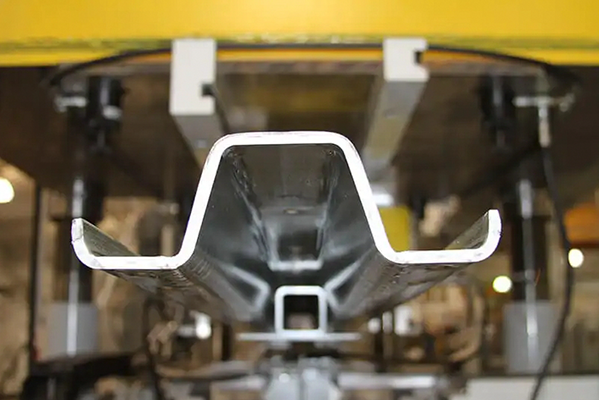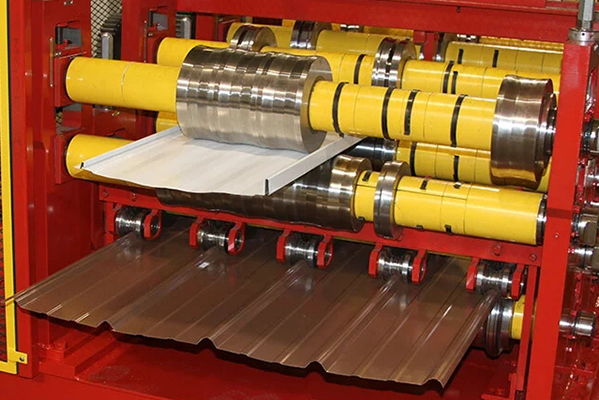Navigation Menu
Contact Us
- Email:
- info@wxavatar.com
- Address:
- Yurong Village, Yuqi Street, Huishan District, Wuxi, China.
Release Date:Jun 19, 2025 Visit:55 Source:Roll Forming Machine Factory
Purlin roll forming equipment is a cornerstone of modern construction, shaping the metal components that provide essential structural support for roofs and walls. The selection of this machinery isn't a static decision; it's influenced by a dynamic interplay of factors that reflect advancements in manufacturing, evolving industry demands, and the pursuit of operational excellence.

Advancements in Automation and Control
A significant driver in current equipment selection is the increasing sophistication of automation and control systems. Manufacturers are looking for machines with advanced programmable logic controllers (PLCs), intuitive human-machine interfaces (HMIs), and integrated software. This allows for faster changeovers between different purlin profiles, reduces manual intervention, and enhances overall production accuracy. The ability to store multiple profiles and recall them at the touch of a button significantly streamlines operations and minimizes material waste.
Precision and Profile Versatility
The demand for high-precision forming is more pronounced than ever. Construction projects often require tight tolerances, and equipment that can consistently produce accurate purlin dimensions is highly valued. Simultaneously, profile versatility is a key consideration. The ability to form various purlin shapes, such as C, Z, U, and sigma profiles, as well as different web heights and flange widths, from a single machine offers substantial advantages. This adaptability reduces the need for multiple specialized machines, saving floor space and capital investment.
Operational Efficiency and Throughput
Businesses are constantly striving for improved operational efficiency and throughput. This translates into a preference for roll forming lines that offer higher production speeds without compromising quality. Factors like efficient coil handling systems, quick tool change mechanisms, and robust drive systems contribute to maximizing output. The goal is to produce more purlins in less time, thereby reducing per-unit production costs and meeting tight project deadlines.
Material Handling and Gauge Range
The types of materials being processed and their thickness variations also heavily influence equipment choice. Modern purlin roll formers are expected to handle a diverse range of materials, including galvanized steel, cold-rolled steel, and high-strength alloys. The gauge range the machine can accommodate is critical, as it determines the breadth of applications it can serve. Efficient uncoiling, leveling, and feeding mechanisms are essential for smooth operation with different material specifications.
Adaptability for Future Demands
Finally, businesses are looking for equipment that offers a degree of adaptability for future demands. This includes machines that can be easily upgraded with new features or tooling as industry standards evolve or as new purlin profiles gain popularity. Investing in a system that can grow with the business and respond to changing market requirements provides long-term value and protects the initial investment.

The selection of purlin roll forming equipment today is a strategic decision that balances immediate production needs with long-term operational goals. By prioritizing automation, precision, versatility, and efficiency, manufacturers can acquire machinery that not only meets current demands but also positions them for sustained success in a competitive market.